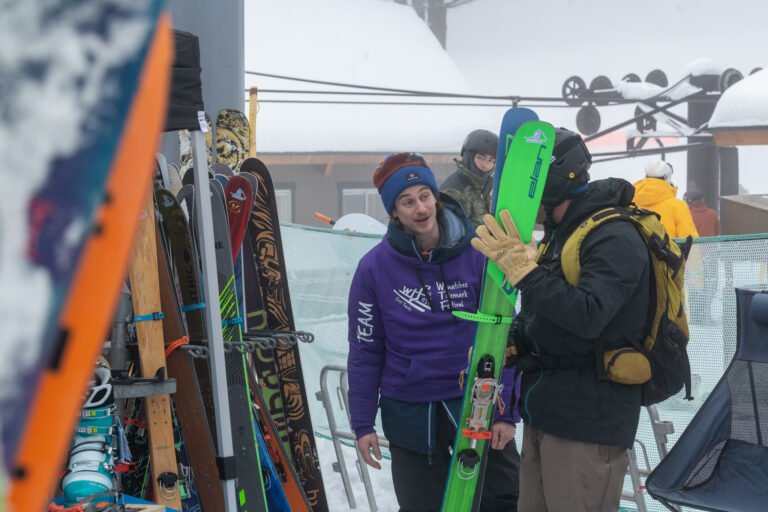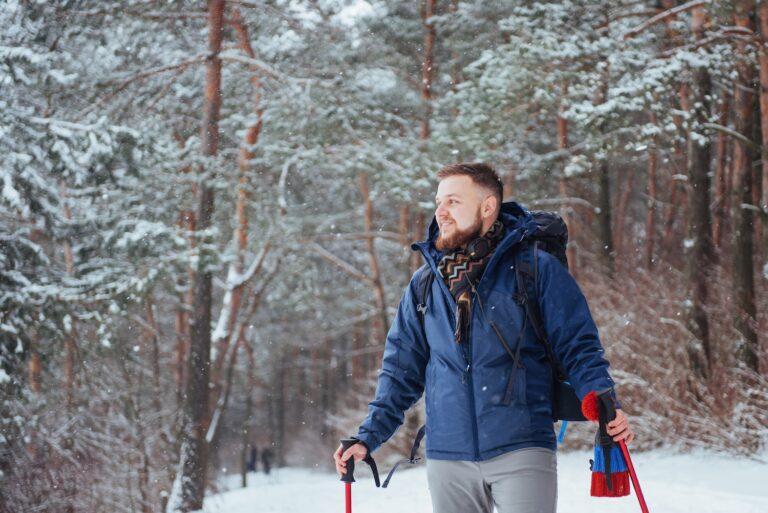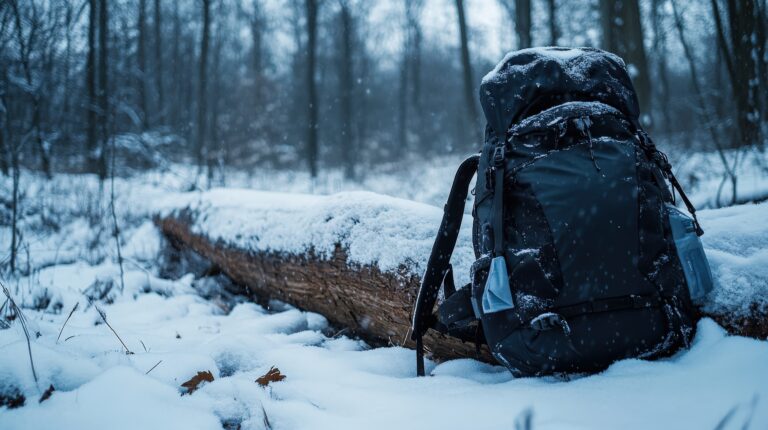Whereas most outdoor enthusiasts in the Spokane area know about the Turnbull National Wildlife Refuge, they may not know that from November to February the park is free. Normally the park requires an entrance fee, but in the cold winter months, outside of the major wildlife migration patterns, the Turnbull Refuge can be enjoyed for zero dollars.
While I fully recommend that people visit the park during the prime season to appreciate the beauty and splendor of the wildlife, I readily confess that the Turnbull Refuge is a remarkable winter getaway for the runner, jogger or walker. All too often, the colder temperatures and reduced daylight force most outdoor athletes into hibernation. For those that don’t like working out in a gym, creative workouts and inspirational destinations can be the key to maintaining winter fitness and Turnbull certainly fits that description.
Turnbull NWR encompasses approximately 16,000 acres of marshes and channeled scablands about four miles south of Cheney. The combination of basalt outcrops, canyons, ponderosa pine and undulating meadows provide a year-round diverse landscape. Because Turnbull is a true wildlife sanctuary, hunting and fishing are not permitted on the refuge, and a total of 13,000 acres are dedicated to wildlife preservation. While most of the park is rightly outside of visitor access, the 5.5-mile scenic tour road is a real local treasure.
The first time I jogged the road in the wintertime, I admit it seemed a little strange. Initially, I jogged the course with a friend. However, my first experience was so enriching that I ran the five-mile loop four more times that winter. I enjoyed the remnants of the fall leaves, the crunch of the frosty gravel underfoot, and the peaceful beauty of the place without crowds or bugs. Eventually, I learned about a few of the other trails at Kepple Lake and some near the visitor center, and I appreciated the park more and more each time I visited.
Practically all of the local animals are hibernating, and most of the lakes and ponds are frozen. There are hardly any hills worth mentioning on the scenic drive loop, yet the gravel road is much better than many of the area trails, and it’s impossible to get lost. There are several trailheads and boardwalks that stem from the road, as well as several bathrooms along the route. I leave a thermos of coffee in the car, and run with a water bottle and a camera.
Refuge ecosystems like Turnbull are quite rare. The Turnbull NWR represents a unique ecological transition between the dry, sagebrush dotted grasslands of the Columbia Basin and the timbered Selkirk and Bitteroot Mountain Ranges. In the spring and fall, the mosaic of wetlands provides important habitat for migrating and breeding waterfowl, and more than 200 different kinds of birds have been recorded in the Refuge. Alongside the birds, local mammals include elk, mule and white-tailed deer, coyote, badger, porcupine, beaver, and ten species of bats. Named after early settler Cyrus Turnbull who built a cabin on the north end of Turnbull Slough, the Refuge was established by President Franklin D. Roosevelt through an Executive Order in 1937. While management styles continually changed throughout the decades, the park’s habitat preservation mission and the key scenic landmarks have never changed.
If the scenic tour road doesn’t spark your interest, there is always the Columbia Plateau Trail State Park. This 130-mile trail is a Washington State Park stretching from Fish Lake to Pasco, and the 23-mile northern portion starts with a 3.75-mile paved portion from Fish Lake to Cheney, then turns to gravel and passes through Turnbull National Wildlife Refuge (milepost 355 to 359.5) on the way to the Amber Lake and Martin Road Trailheads. This trail in the wintertime doesn’t compare to the scenic loop, but if you really need another workout option, this is a contender.
Obviously, deep snow might dictate that you travel through the visitor portion of the Turnbull Refuge on cross country skis or snowshoes. Regardless of the mode of travel, it’s still free, and therefore a worthy and simple endeavor for anyone trying to beat cabin fever. It’s easily accessible, rich in scenery, and always enjoyable if you’re dressed appropriately.
Finally, if you want some great local eats after your run, or you need to warm up with some fresh coffee, do yourself a favor and stop at the Willow Springs Station. Located on the main drag less than two blocks northeast of the ADM grain elevators, you can’t miss it. The service never fails to bring a smile to your face, the prices are more than fair, and they make some of the best hashbrowns I have ever tasted.
WHEN YOU GO
Turnbull NWR is just south of Cheney. Several signs will direct you to the refuge. You can reach the public use area by driving four miles south from Highway 904 on the Cheney-Plaza Road. A large entrance sign and arrow pointing down Smith Road mark the refuge entrance. Drive about two miles east on Smith Road to reach the main public use area. Don’t forget your camera.













